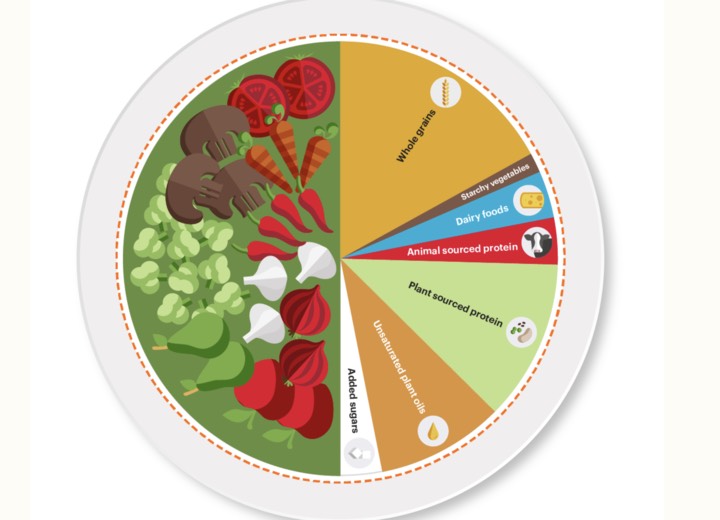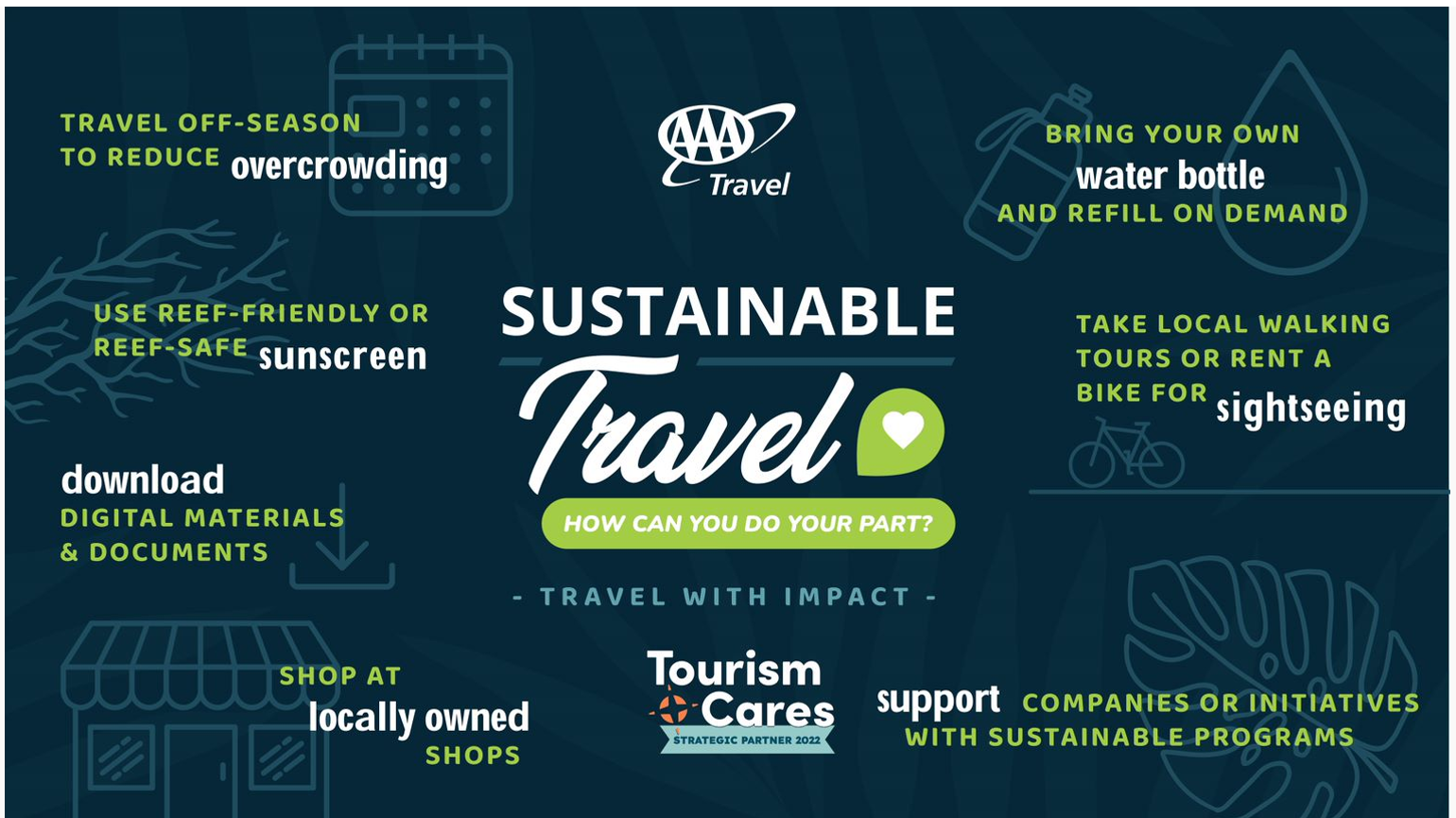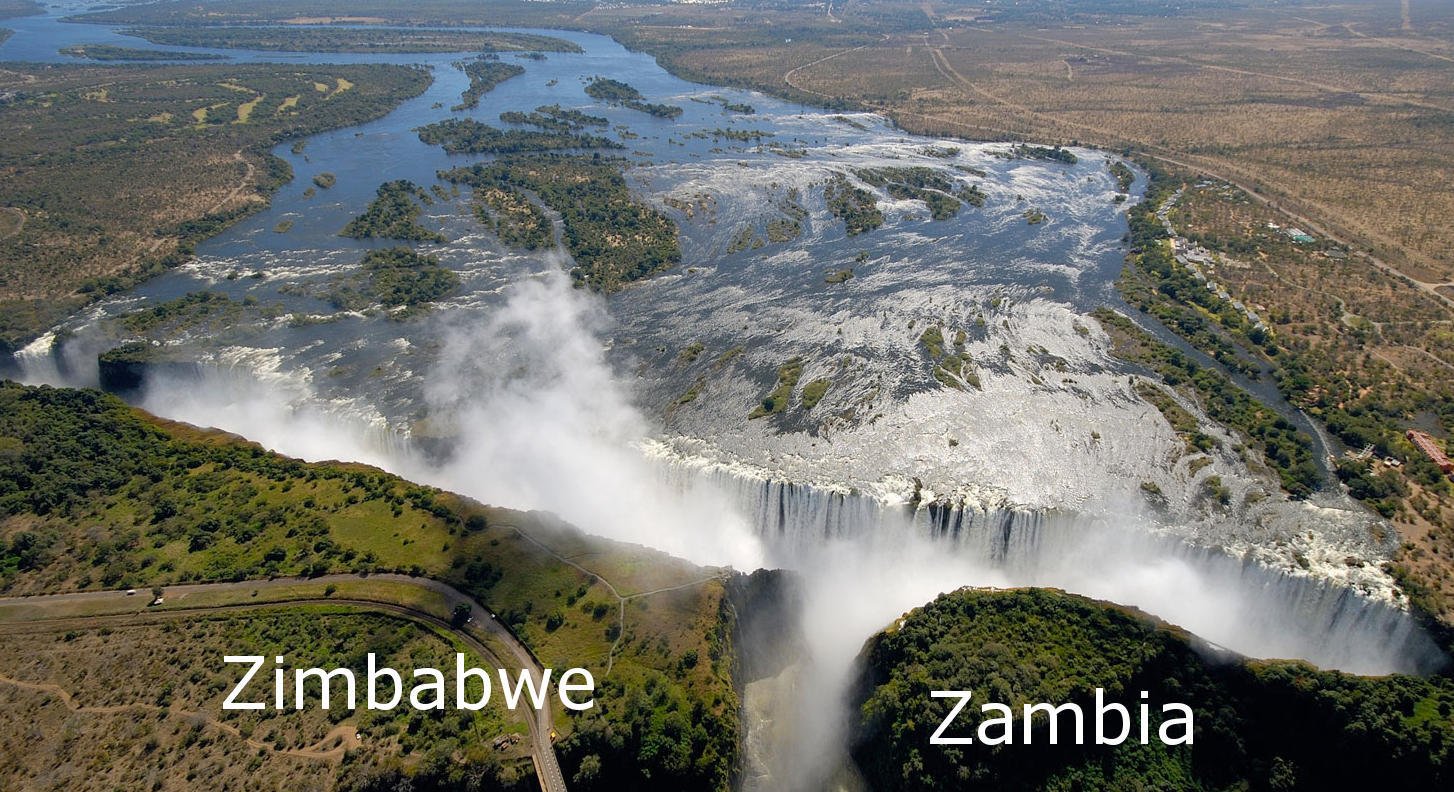Traveling is one of life’s greatest pleasures, offering opportunities to explore new cultures, savor
diverse cuisines, and create lasting memories. However, this joy often comes with a significant
environmental cost, primarily through carbon emissions.
As global awareness of climate change increases, travelers are becoming more conscious of their carbon footprints. Reducing your carbon footprint while traveling is not only beneficial for the environment but can also enhance your travel experience.
By adopting sustainable practices, travelers can minimize their impact on the planet while enjoying their journeys. Here’s a comprehensive guide filled with fun and educational tips for reducing your carbon footprint as you explore the world.
Understanding Your Carbon Footprint
A carbon footprint is the total amount of greenhouse gases (GHGs) emitted directly and indirectly by
human activities, typically measured in carbon dioxide equivalents (CO2e). Travel contributes
significantly to this footprint, with air travel being one of the most carbon-intensive activities.

Understanding this concept is crucial for travelers who wish to minimize their environmental impact.
Understanding this concept is crucial for making informed decisions that can lead to significant
reductions in emissions.
Why Reduce Your Carbon Footprint?
Reducing your carbon footprint while traveling not only helps combat climate change but also
supports local economies, preserves natural resources, and enhances the overall travel experience.
By making conscious choices, travelers can enjoy their adventures while being stewards of the
planet.
Transportation: The Biggest Contributor
Transportation accounts for a substantial portion of global greenhouse gas emissions. Air travel, in
particular, is one of the fastest-growing sources of emissions. Here are some strategies to mitigate
your impact:
- Choose Alternative Transportation: Whenever possible, opt for trains or buses instead of
flying. Trains, especially electric ones, are significantly more fuel-efficient and produce far
fewer emissions per passenger compared to airplanes. For instance, traveling from London
to Paris by train generates 91% less CO2 than flying. - Pack Light: The weight of your luggage affects fuel consumption. By packing light, you not
only make your journey easier but also help reduce the carbon emissions associated with
transporting heavier loads. A reduction of just 15 pounds in luggage can save around 80
pounds of CO2 on a long flight. - Use Public Transport: In your destination, utilize public transportation systems, which are
often more sustainable than renting a car. Many cities now offer eco-friendly options like
electric buses and bike-sharing programs, making it easy to get around without a carbon-
heavy footprint.

Accommodation: Stay Sustainably
Where you stay can greatly impact your overall carbon footprint. Here are some tips for choosing
eco-friendly accommodations:
- Select Eco-Friendly Hotels: Look for hotels that prioritize sustainability through energy-
efficient practices, local sourcing, and waste reduction. Many eco-friendly hotels actively
work to minimize their carbon footprint and may even offer carbon offset programs. - Consider Homestays or Airbnb: Staying in local homes or eco-conscious Airbnb properties
can provide a more authentic experience while also supporting local economies. These
options often have a smaller carbon footprint than large resorts. - Reduce Energy Use: When staying in hotels, be mindful of your energy consumption. Turn
off lights, unplug devices, and adjust heating or cooling when you leave your room. Small
actions can collectively lead to significant energy savings.
Food Choices: Eat Responsibly
Your dining choices while traveling can also contribute to your carbon footprint. Here are some ways
to make more sustainable food choices:

- Dine Locally: Eating local foods not only supports the local economy but also reduces the
carbon footprint associated with transporting food over long distances. Seek out restaurants
that source their ingredients from nearby farms. - Reduce Food Waste: Be mindful of portion sizes and only order what you can eat. Many
restaurants offer to pack leftovers, which can help minimize waste. Additionally, consider
packing snacks for your travels to avoid purchasing single-use plastic items. - Bring Your Own Utensils: Carry a reusable utensil kit to avoid the need for disposable plastic
cutlery. This small change can significantly reduce plastic waste during your travels.
Activities: Choose Wisely
The activities you engage in while traveling can also impact your carbon footprint. Here are some
suggestions:

- Support Sustainable Tourism: Participate in eco-friendly tours and activities that prioritize
environmental conservation. Look for operators that minimize their impact on natural
resources and support local communities. - Volunteer Tourism: Consider combining travel with volunteer work. Many organizations
offer opportunities to contribute to environmental conservation efforts, allowing you to give
back while exploring new places. - Engage in Nature-Based Activities: Activities like hiking, biking, or kayaking have minimal
environmental impact compared to motorized options. They also allow you to connect more
deeply with the natural surroundings.
Offsetting Your Carbon Footprint
Despite your best efforts, some emissions are unavoidable. Carbon offsets can help mitigate this
impact by funding projects that reduce greenhouse gases elsewhere.

Here’s how to effectively use carbon offsets:
- Research Carbon Offset Programs: Choose reputable organizations that support verified
projects, such as reforestation or renewable energy initiatives. Ensure that your
contributions lead to tangible environmental benefits. - Calculate Your Emissions: Many online calculators can help you estimate your travel-related
emissions, allowing you to determine how many offsets you might need to purchase.
Additional Tips for Sustainable Travel
Use Technology to Go Paperless: Opt for digital tickets, itineraries, and boarding passes to
reduce paper waste.

Many airlines and hotels now offer mobile options that can help streamline your travel experience.
- Avoid Single-Use Plastics: Bring your own reusable water bottle, shopping bags, and
containers to minimize plastic waste during your travels. Many destinations have refill
stations and markets that support sustainable practices. - Educate Yourself and Others: Stay informed about sustainable travel practices and share
your knowledge with fellow travelers. Advocating for responsible tourism can help create a
culture of sustainability within the travel community.
Conclusion
Traveling sustainably is an enriching experience that benefits both the traveler and the planet. By
making conscious choices about transportation, accommodation, food, and activities, you can
significantly reduce your carbon footprint while enjoying the beauty and diversity of our world.
Remember, every small action counts, and together, we can make a positive impact on the
environment. So pack your bags, embrace the adventure, and travel with a purpose!
Top Selling Packages
3-Day Victoria Falls Adventure
3-Day Makuni Big 5 Safari Adventure
13 Days Luxury Zimbabwe Safari
10 Days Zambezi and Victoria Falls
9 Days Zimbabwe Victoria Falls Safari
3 Days Victoria Falls Adventure
5 Days Victoria Falls and Hwange
Victoria Falls Honeymoon Itinerary: Romantic Escapes
7-Day Tour: Exploring Victoria Falls
9 Days Victoria Falls and Okavango
6 Days Victoria Falls and Hwange
9 Days Hwange and Victoria Falls
7 Days Victoria Falls, Hwange NP
Packages with Gorilla trekking Experience
9 Days Victoria Falls, Hwange, Matobo
5 Days Victoria Falls and Gorilla
9 Days Luxury Namibia and Gorilla Trekking
12 Days Kruger Reserves and Gorilla
3 Days Uganda Gorilla Trekking
South Africa Packages
12 Days Exclusive Safari and Cape Splendor
10 Days Kruger Private Reserves & Cape Town
12 Days Kruger Reserves and Gorilla Trekking Safari
4 Days Tremisana Lodge Kruger Park Safari
3 Days Kruger and Swaziland Cultural Tour
3 Days Kruger National Park Camping Safari
10 Days Kruger Private Reserves & Cape Town
Namibia Packages
9 Days Luxury Namibia and Gorilla Trekking Safari
6 Days Etosha, Swakopmund & Sossusvlei (Camping)
3 Days Etosha Guided Camping Safari
Zimbabwe Packages
5 Days Victoria Falls and Hwange National Park Safari
4 Day Victoria Falls Fly-in Safari
3 Days Victoria Falls Experience Staying at Phezulu Lodge
3 Days Kariba Sailing Safari (Self-Drive Add-on)
1 Day Victoria Falls, Game Drive with Bush Dinner
9 Days Hwange and Victoria Falls Safari
8 Days Chobe and Victoria Falls Tour
7 Days Victoria Falls, Hwange NP and Matobo NP Experience








Leave a Reply